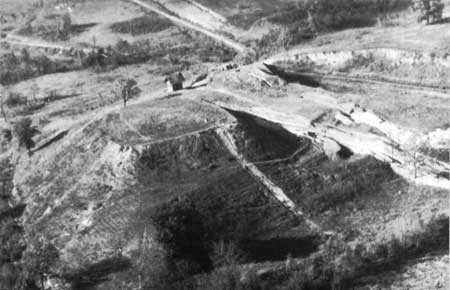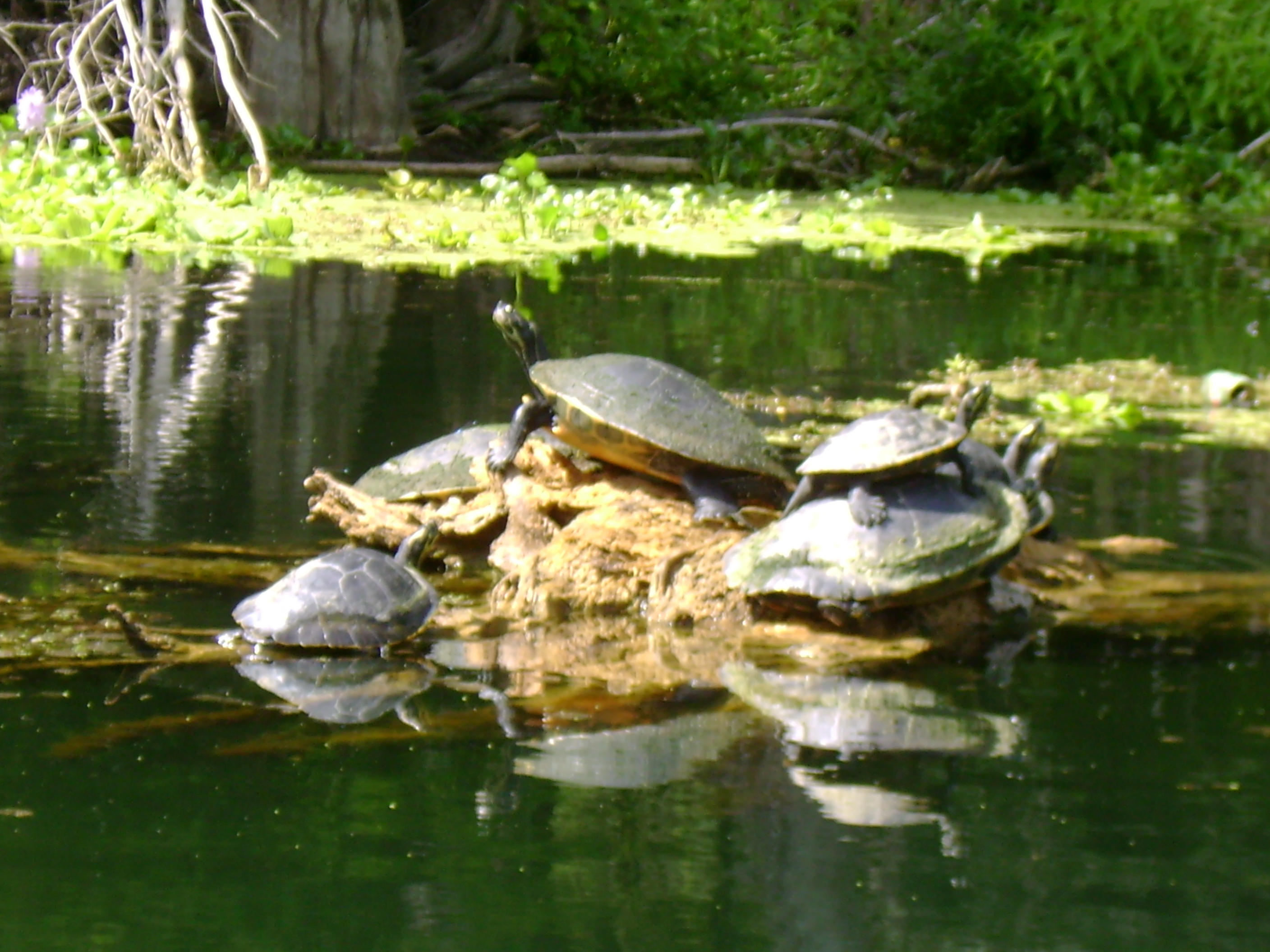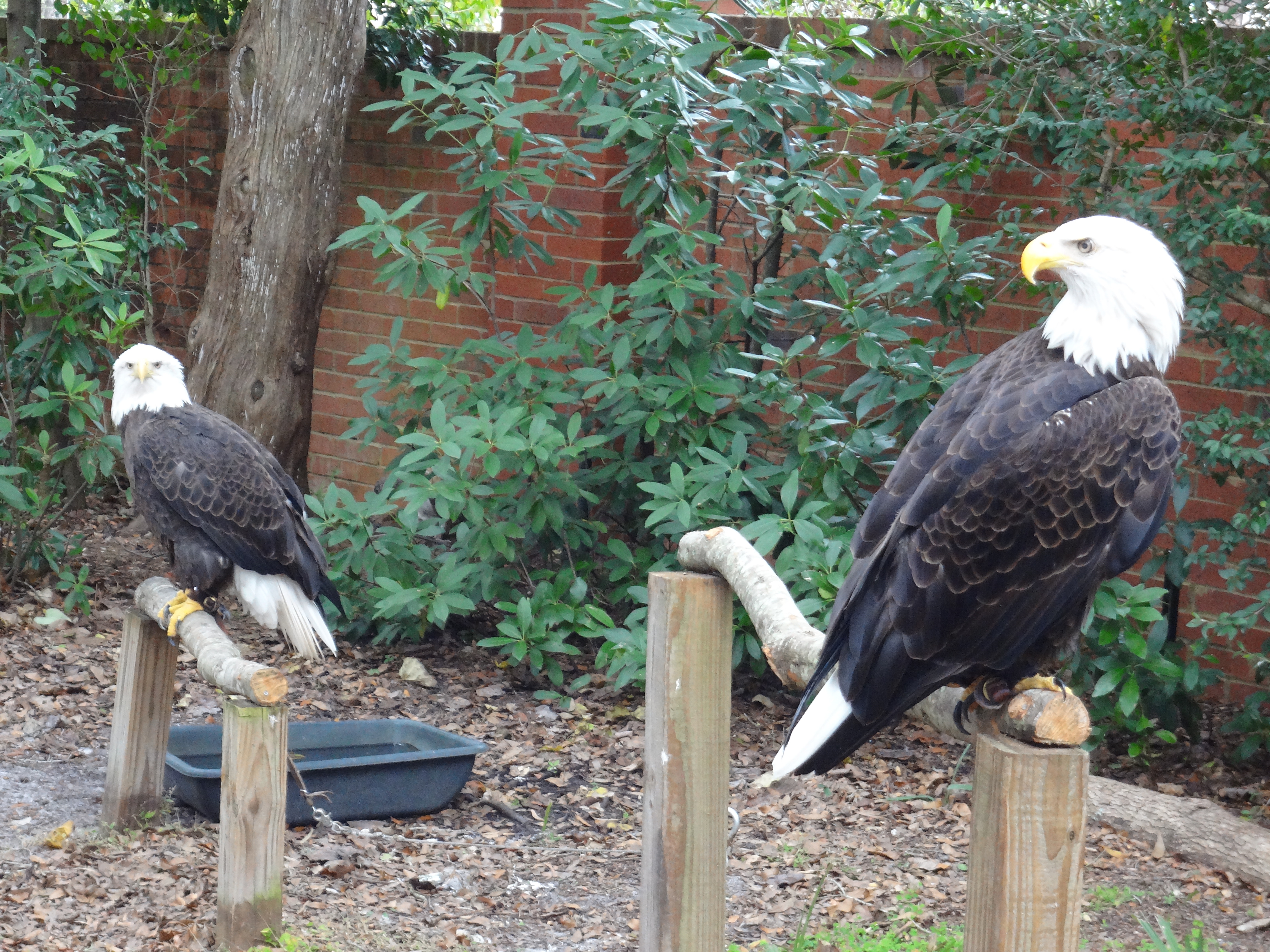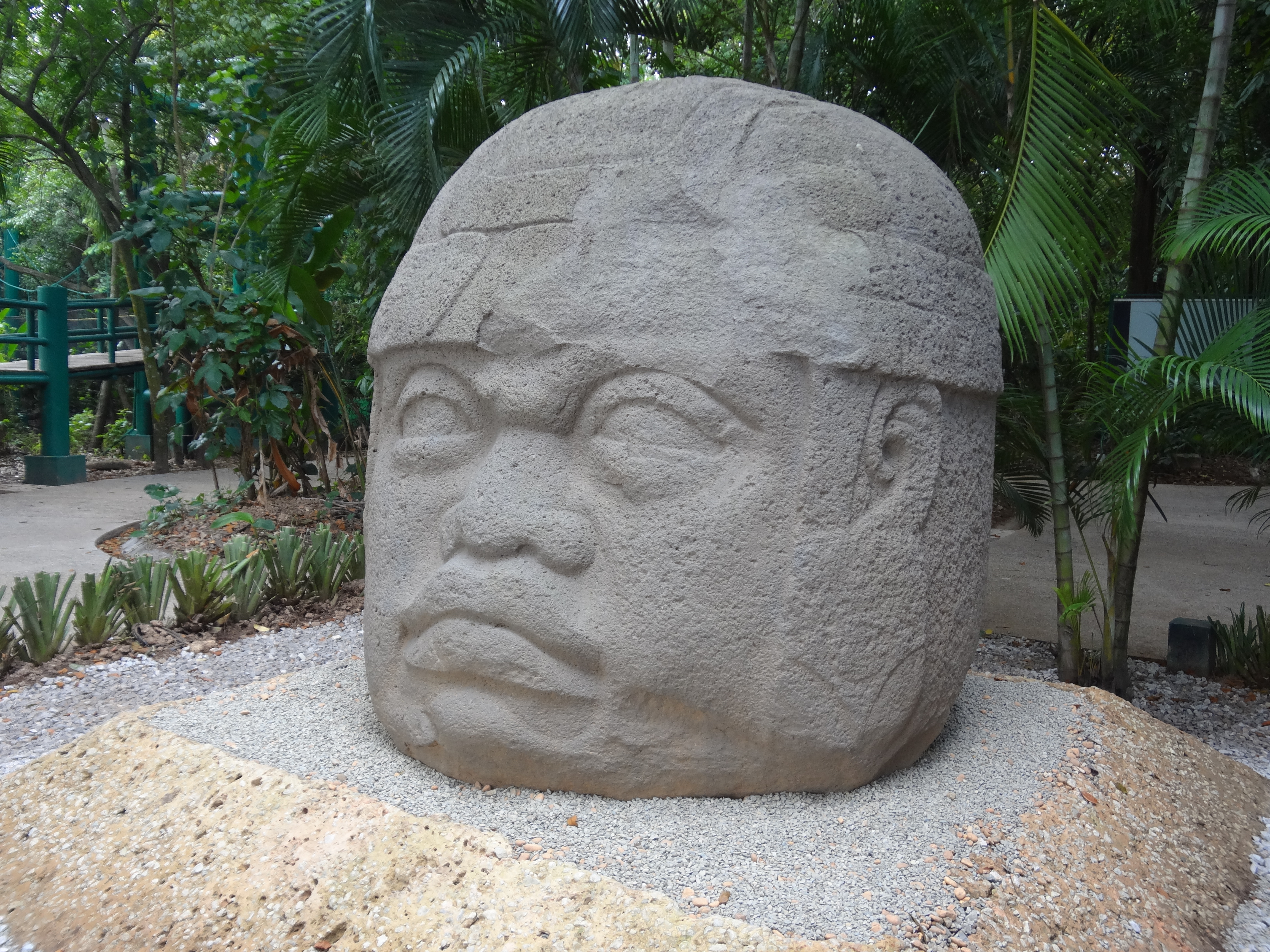Quest for Georgia’s Native Americans | Part 3: Ocmulgee Mounds in Macon, Georgia
This article continues our exploration of Macon, Georgia with a visit to the Ocmulgee Mounds site to help solve the mystery of Georgia’s Native Americans. Around 900 AD, Georgia’s Creek Indians constructed a series of towns consisting of enormous earthen pyramids, the largest of which were the lost cities of Ocmulgee and Etowah. So far in this series of articles we’ve visited two of the actual locations where historical events took place and looked for clues to help solve the mystery of the origins of Georgia’s Native Americans. Our first stop was in Savannah, Georgia where we learned about the Creek Migration Legend and from where these Indian tribes believed they came. Our second stop was in Macon, Georgia at the Ocmulgee Mounds site itself to look for more clues. This article continues our quest for clues about the origins of Georgia’s Native Americans.
Death & Destruction at Ocmulgee: The Funeral Mound

The Ocmulgee Mounds site has a long history of destruction. In 1840, clay for bricks was mined near the Great Temple Mound. In 1843 the Central of Georgia Railroad constructed a rail line through the Ocmulgee Mounds site and destroyed a portion of the Lesser Temple Mound. Then they constructed a second rail line through the site in 1873 which destroyed a portion of the Funeral Mound. This would be the equivalent of running a rail line through the Giza Plateau and the Great Pyramid of Egypt! (Apparently, having not desecrated enough Native American graves, in 1883 this same railroad constructed in Savannah a monument to their founder, William Gordon, on top of the funeral mound of Tomochichi who, as a Hitchiti Creek Indian, just so happened to be descended from the very people who built Ocmulgee, as we’ll see later.) But it was while workers were cutting the rail line through the Funeral Mound that they uncovered many skeletons and artifacts which reveal our next clue.

As noted in the first article in this series, “Quest for Georgia’s Native Americans | Part 1: Savannah, Georgia“, Savannah-native Charles C. Jones, Jr. visited the site during these “excavations” and noted that the burials in the lower part of the Funeral Mound (thus the oldest burials) featured skeletons with intentionally deformed or modified skulls that gave them a flattened appearance. These modified skulls were completely different than the skulls of the people buried later in the upper levels of the burial mound. This seems to match a portion of the Creek Migration Legend which states:
“They always have, on their journeys, two scouts who go before the main body. These scouts ascended a high mountain and saw a town. They shot white arrows into the town; but the people of the town shot back red arrows. Then the Cussitaws became angry, and determined to attack the town, and each one have a house when it was captured. They threw stones into the river until they could cross it, and took the town (the people had flattened heads), and killed all but two persons. In pursuing these they found a white dog, which they slew.”
It should be remembered that the Creek Migration Legend was recorded in 1735, 138 years before the flattened skulls were unearthed in the Funeral Mound. Thus either Chief Chekilli, who recounted the legend to General Oglethorpe in Savannah in 1735, had extraordinary psychic powers and foresaw what would be unearthed 138 years later or, more likely, the legend is an accurate recounting of actual events.
We can also gather from this portion of the migration legend that the Ocmulgee Mounds site was already inhabited by another group of people when the Muskogee Creek Indians first arrived. We also know that these inhabitants had, at the very least, constructed the Funeral Mound and buried one of their flat-headed leaders there. Did they also construct the other mounds or did the newcomers, the Muskogee Creek Indians, construct those mounds?
As mentioned in our previous discussion on the Earth Lodge, the only structure that the Muskogee Creek Indians mentioned in their migration legends as having built after first arriving at the Ocmulgee Mounds site is a “mound with a central chamber,” i.e., the Earth Lodge. Other Muskogee traditions hold that the Indian mounds were already there when they arrived.
The Hitchiti Creek Indians have traditions which say they were the original inhabitants of the town. The earliest pottery found at the Ocmulgee site is a type known as Swift Creek which is likely associated with the Hitchiti Creek Indians. Thus all of this evidence suggests the Hitchiti Creek Indians were the builders of at least the first stages of the Indian mounds at Ocmulgee. In a future article we will take a look at the Hitchiti Creek Indians’ migration legend to learn more about where they originated.
Since the mounds were built in stages and not all at once, it is possible the Muskogee Creek Indians expanded the mounds after they massacred all of the original inhabitants. Or the Indian mounds could have already been there before this conquest. Only further research will reveal the truth.
Panther Jaws and the Rising Sun
There is another portion of the Creek Migration Legend as told by Chekilli that seems to be corroborated by evidence discovered in the Funeral Mound. The legend states:
“They went along it to a creek, called Coloose-hutche that is, Coloose-creek, because it was rocky there and smoked. They crossed it, going toward the sunrise, and came to a people and a town named Coosaw. Here they remained four years. The Coosaws complained that they were preyed upon by a wild beast, which they called man-eater or lion….The Cussitaws said they would try to kill the beast. They digged a pit and stretched over it a net made of hickory-bark….they took a motherless child, and threw it before the lion as he came near the pit. The lion rushed at it and fell in the pit, over which they threw the net, and killed him with blazing pine-wood. His bones, however, they keep to this day…when they prepare for War…If they take his bones with them, they have good fortune.”
The two important ideas from this portion of the legend are 1) that they continued to walk towards the sunrise and 2) they held sacred the bones of a panther or mountain lion. Interestingly, in one burial in the Funeral Mound a man was found wearing a headdress which consisted of two copper ornaments embossed with an emblem of the rising sun. The headdress itself was fabricated from the cut jaws of two panthers. Thus two important ideas from the migration legend are symbolized in this headdress buried with their chief. Was he, perhaps, the leader who led them from their homeland to the Ocmulgee Mounds site? Did they send him to the grave with these panther bones so that he could have good fortune in the afterlife?
Geometric Temple Mounds
The main part of the Ocmulgee Mounds site consists of two large temple mounds situated along the southern and western edges of a central plaza. The temple mounds, in fact, delineate and define the central plaza. Both temple mounds were built atop a natural plateau or hill that rose forty feet from the river plain below it. The Great Temple Mound was about 50 feet high from the top of the plateau. Yet the builders ingeniously constructed this pyramid mound on the edge of the plateau then terraced and added red Georgia clay fill to the plateau so that it looked as if it was all one giant manmade pyramid. Thus anyone approaching the Ocmulgee Mounds site from the river would see a bright orange pyramid which appeared to rise 90 feet high from the river plain, quite an impressive site even for the early European explorers who first discovered it.
Charles C. Jones, Jr. noted in the late 1800s that the Great Temple Mound was octagonal in shape. He noted that an “artificial plateau” around about eight feet high was added to the west side of the mound. He also noted that the Lesser Temple Mound was oval in shape before it was partially destroyed by the railroad. A very similar pattern will be found when we visit the Etowah Mounds site later in this series.
More Clues in Macon
This concludes our search for clues at the Ocmulgee Mounds site but we can’t leave Macon just yet. Our next stop takes us to a site called Brown’s Mount where we’ll discover another important clue which begs the question, were Georgia’s Muskogee Creek Indians from West Mexico? Be sure to visit my website to learn more about the ancient civilizations and lost cities of Native Americans.



